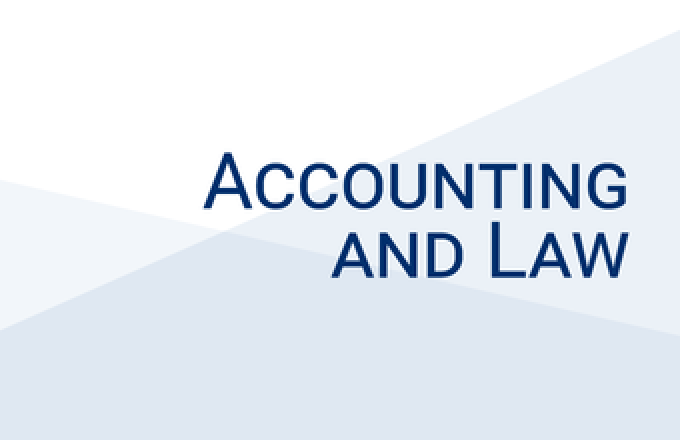Motivating Consumers via Goal Enabling Technology: The Role of Goal Difficulty Dimensions
Professor Andre Bonfrer
Professor of Marketing
Deakin Business School
Deakin University
ABSTRACT
Increasingly, consumers turn to mobile applications (apps) to achieve personal development and wellness goals, such as improving their physical, mental, social, professional or financial well-being. To better assist consumers in their pursuit of these goals, service providers often introduce goal-enabling technologies (GETs) within their mobile apps that allow customers to define and monitor their service-related goals. However, empirical evidence regarding the presence and magnitude of the impact of GET adoption on goal-congruent behavior remains scarce. We use rich panel data from an investment app that introduced a GET to examine how customers who set a savings goal via the GET within the app changed their real-world savings behavior over time. Controlling for the potential issues related to self-selection into adopting GET and endogeneity, our results indicate that, on average, GET adoption increases customers’ goal-congruent behaviors. However, 25% of customers experienced zero or a negative impact of GET adoption on their savings behavior, and this impact depends on how customers customize the three goal difficulty dimensions. We identify an inverted Ushape relationship for end-goal, sub-goal and distance-to-goal difficulty dimensions on goal-congruent behavior. A field experiment highlights how this knowledge can be used to better assist customers in achieving their savings goal.














